Colonial wooden carved and painted statue, polychrome and gilded (largely stripped, suffering only rare remnants of original colors - but still present on the face)
The face suggests that this is a spanish religious statue rather than Portuguese origin, while its polygonal base clearly refers to an Indo-European typology (means for Spanish colonies, whether Indian or Asian, as well as in South or Central America); many similar pieces were produced in 16th and 17th centuries, and especially in18th and 19th centuries, in order to evangelize the local populations.
Condition:
*hands are often missing: carved separately and brought back, glued with bone or fish glue, these have very often been lost, due to temperature variations and humidity. In addition, these hands often held the attributes that would allow the saints to be identified.
*Polychromy and gilding are largely incomplete but clearly visible: pink and gold for clothes, pink and off-white for the face, sea green, red and yellow for the different levels of the base.
*It should be noted that the statue is carved from its origin in 2 separate parts, a quarter of it in its height being related to the main part (please check photos of the bottom and back); There are still 5 fixing pegs on the side of the statue, on 2 levels in order to reinforce the junction of the 2 parts. This is a testament to the popular destination of this sculpture.
*Traces of black burns on the façade testify to the prolonged use of the statue alongside candles.
Finally, note specially the great finesse and gentleness of the Saint, which in my opinion constitutes one of the main attractions of this sculpture. The care taken in the treatment of his beard and hair and serene expression of the face and gaze of the statue give it a lively dimension.
Sizes:
approx 55cm height by 20cm diameter for the base



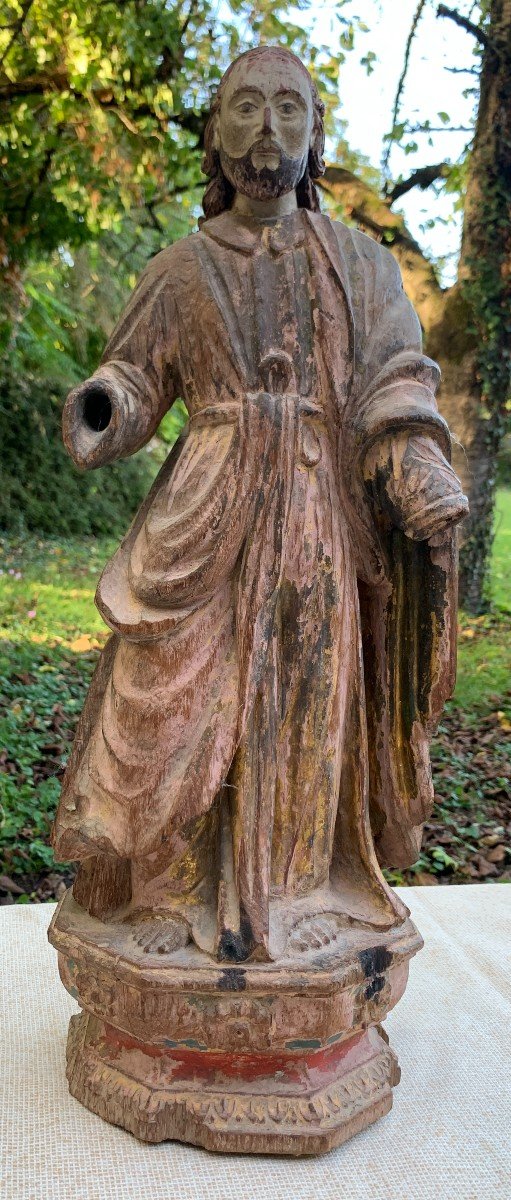
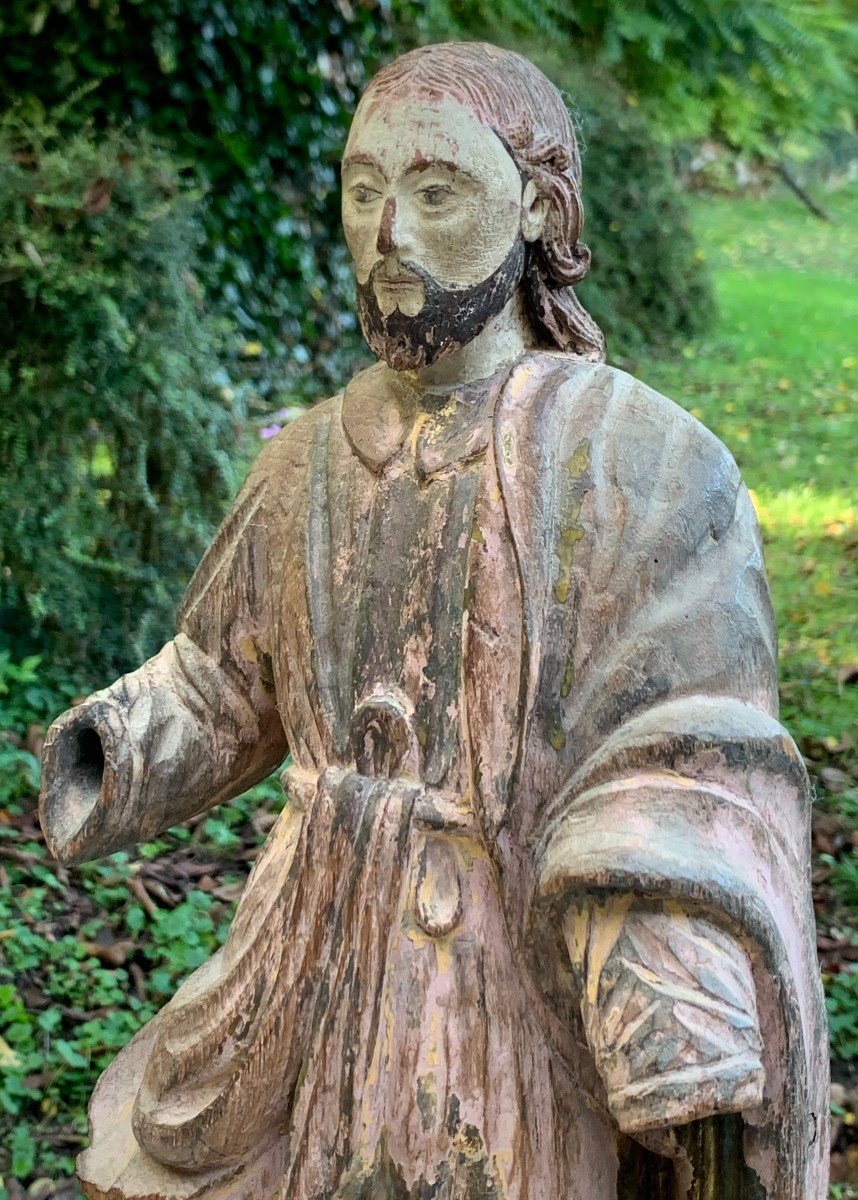
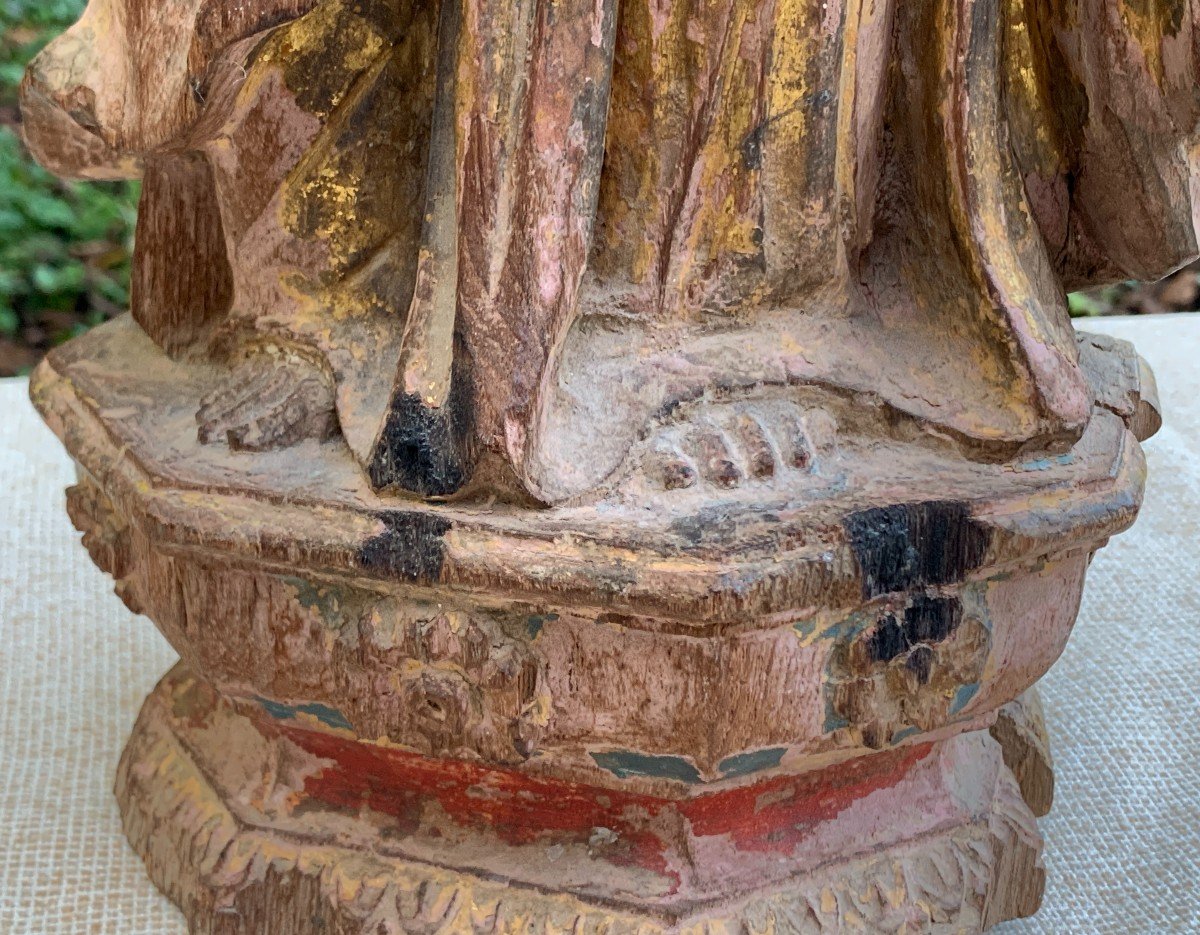
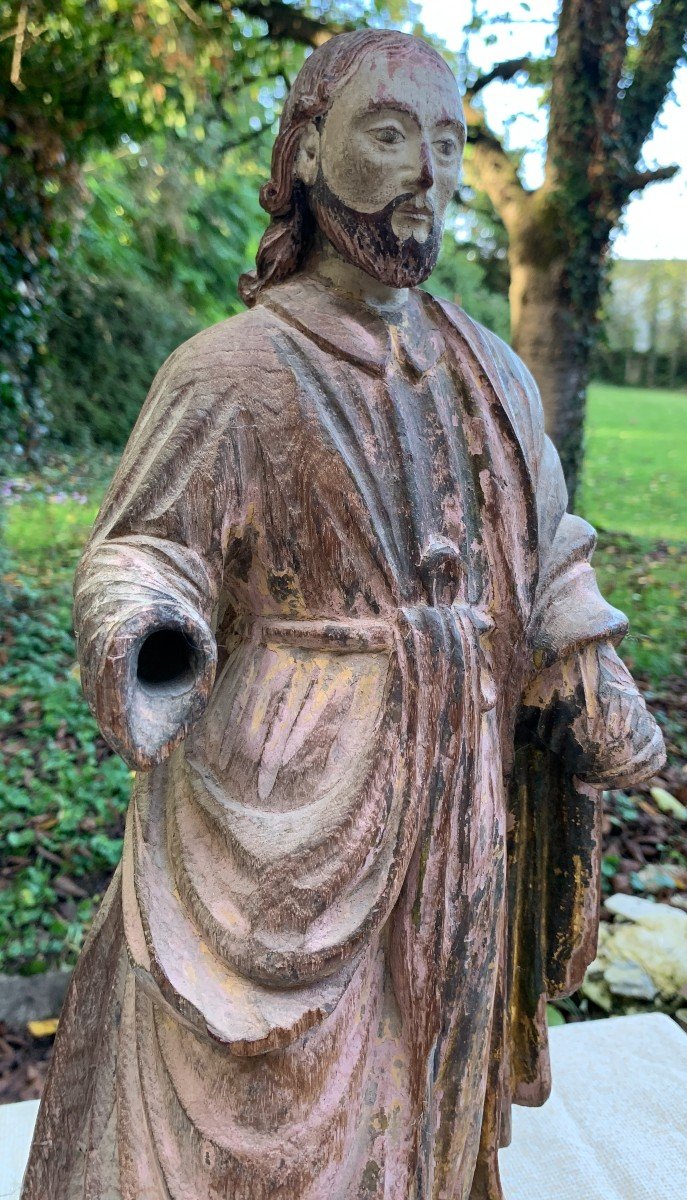
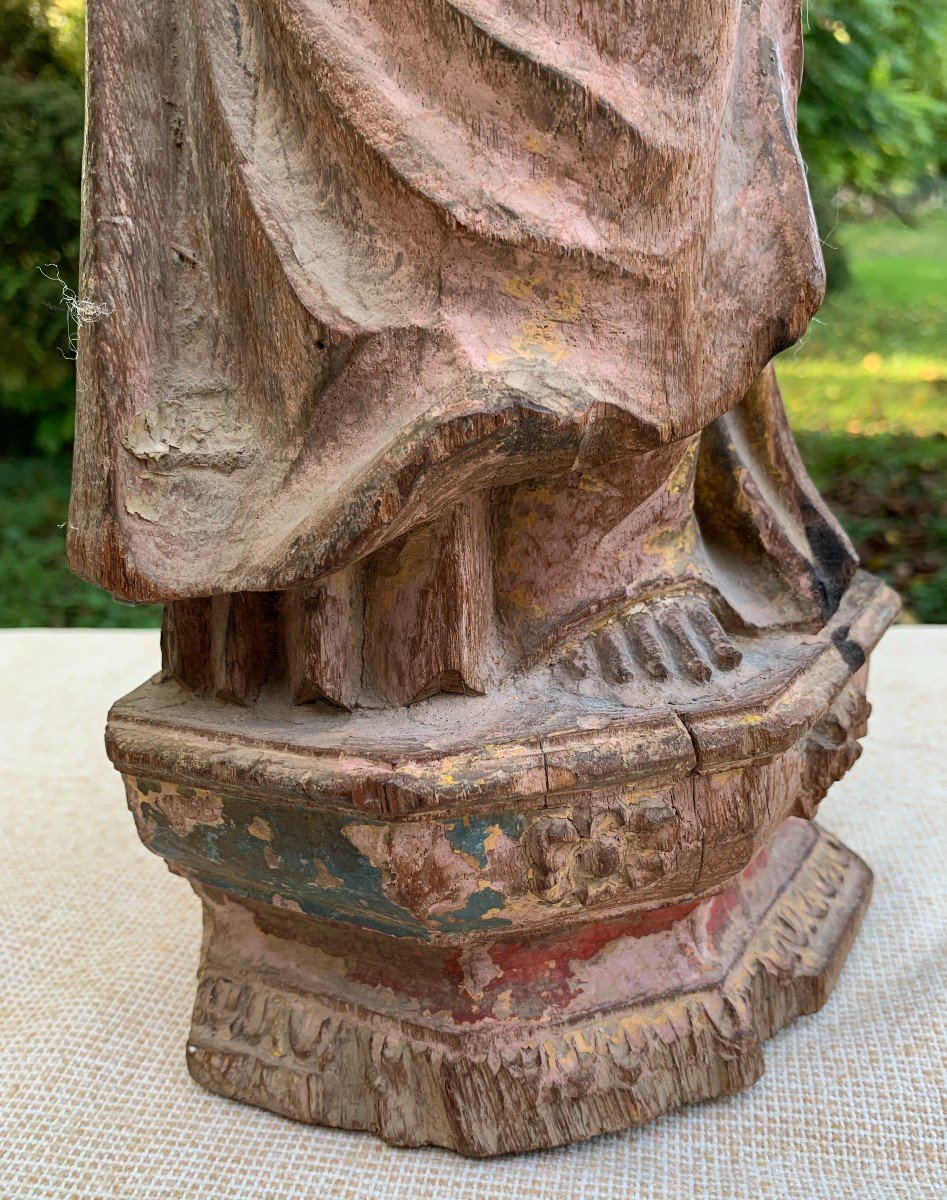

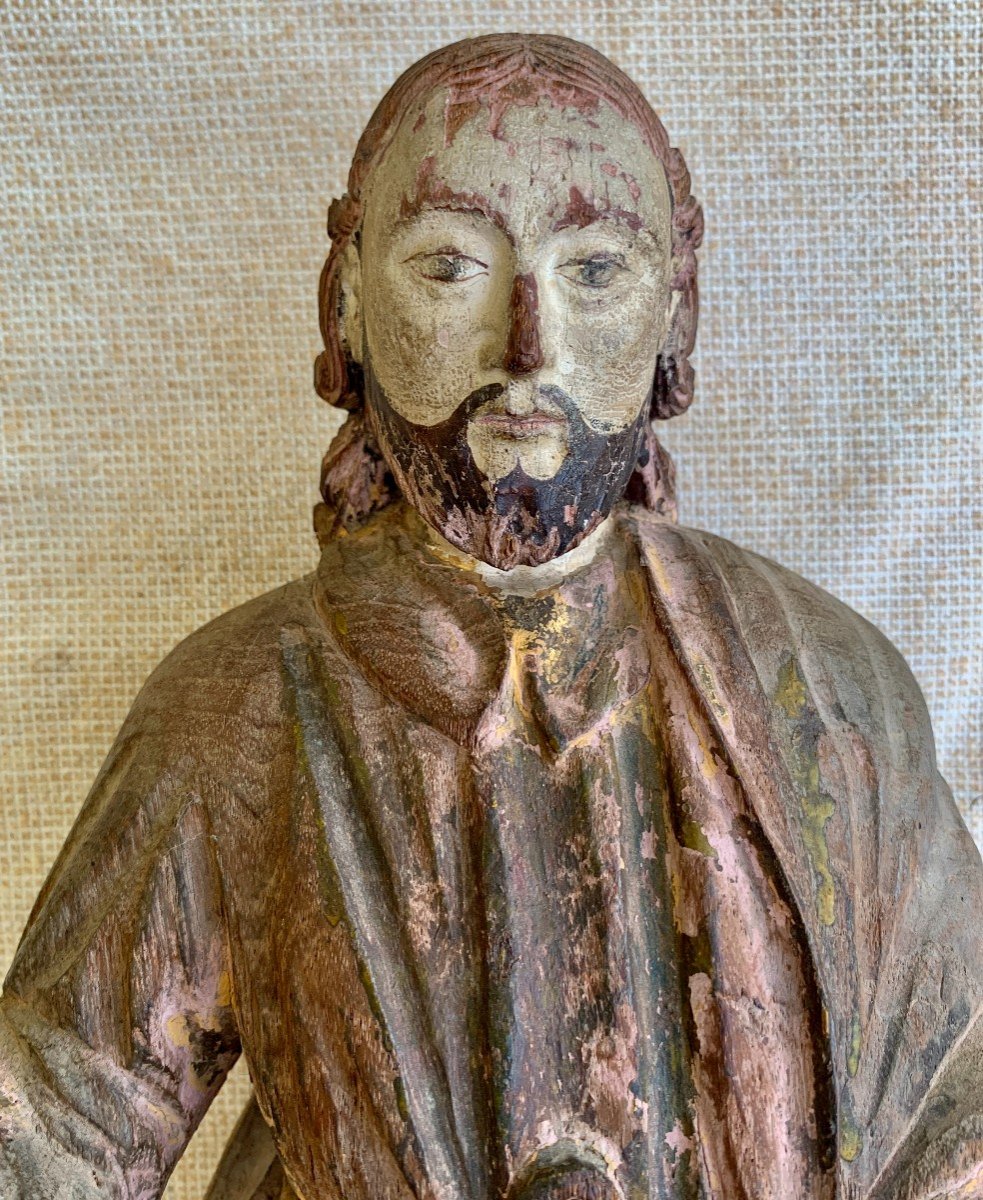
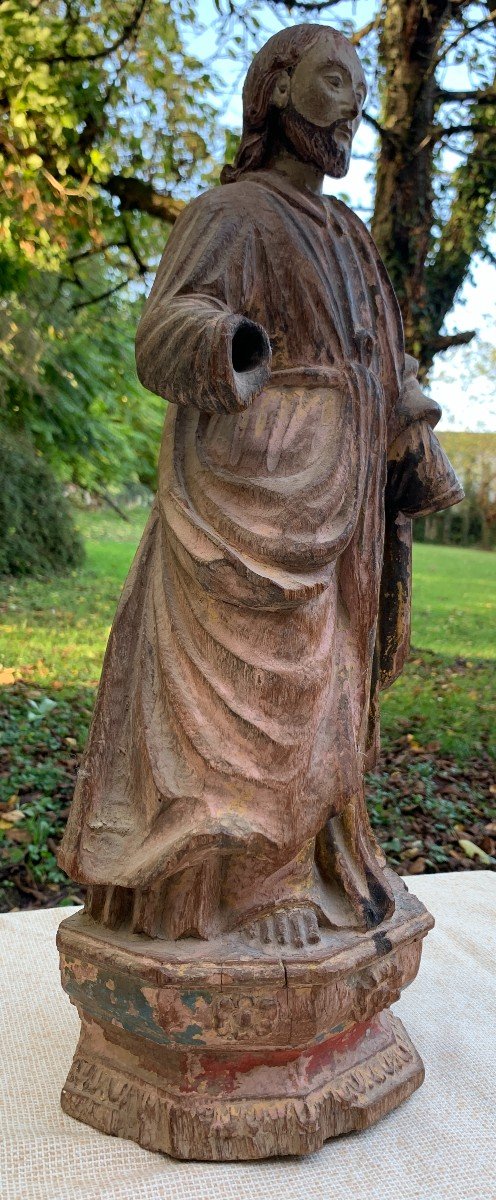
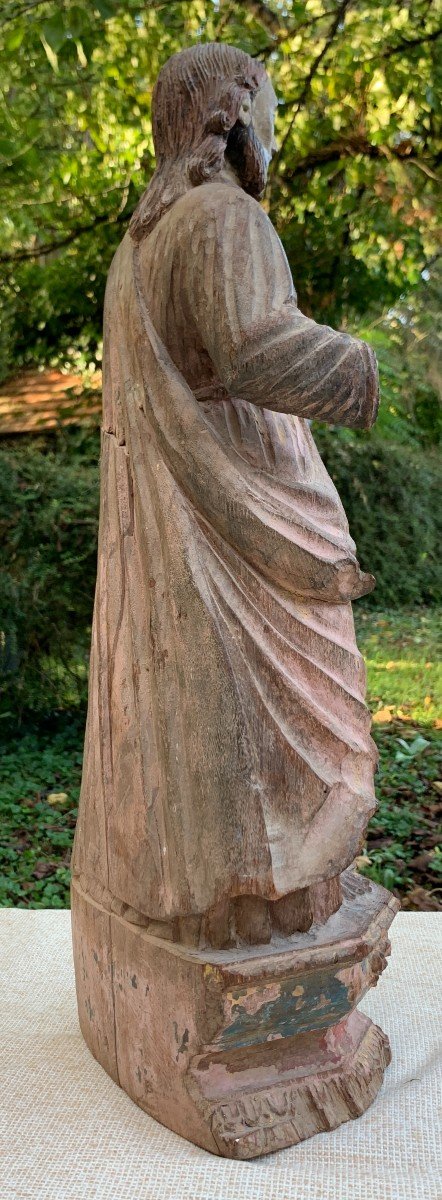
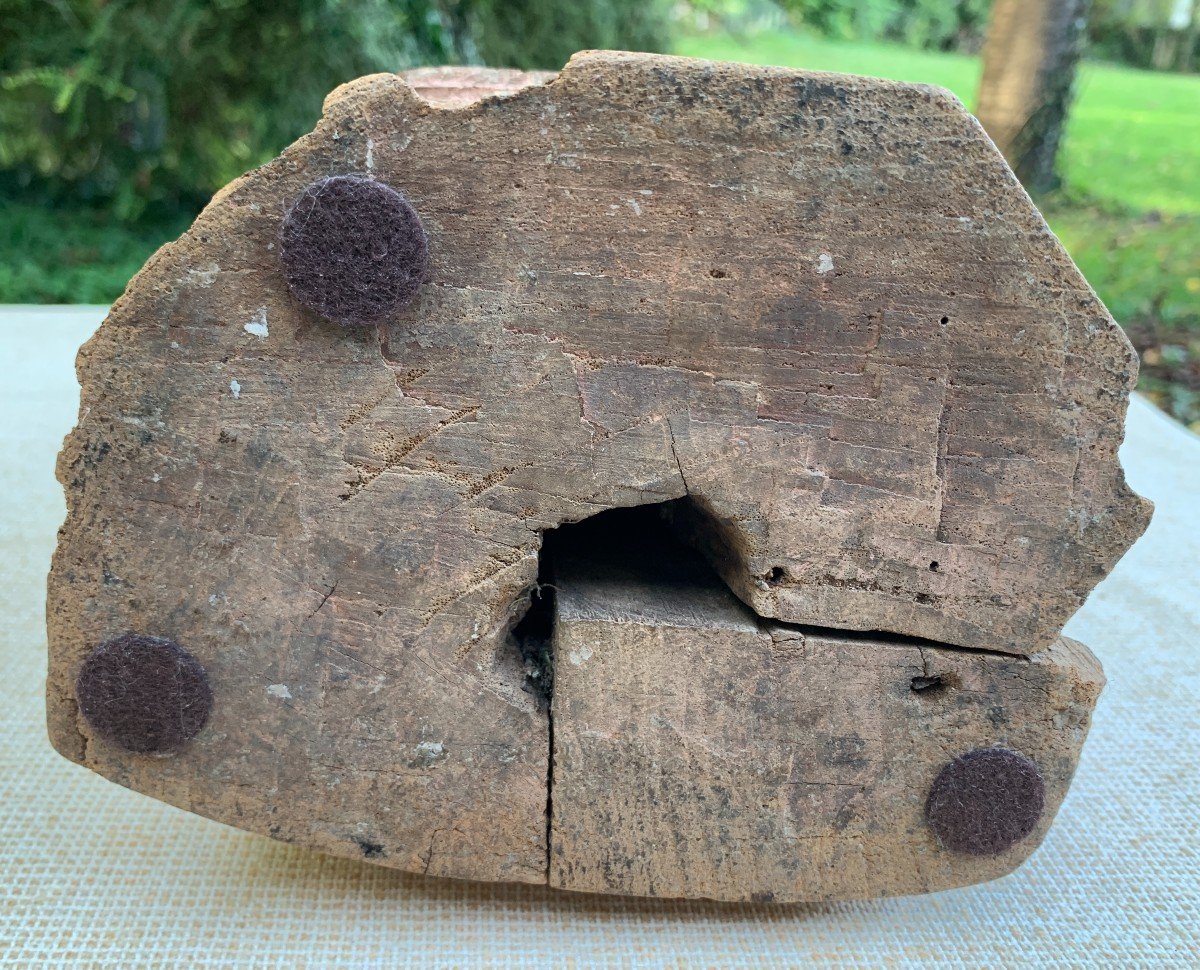
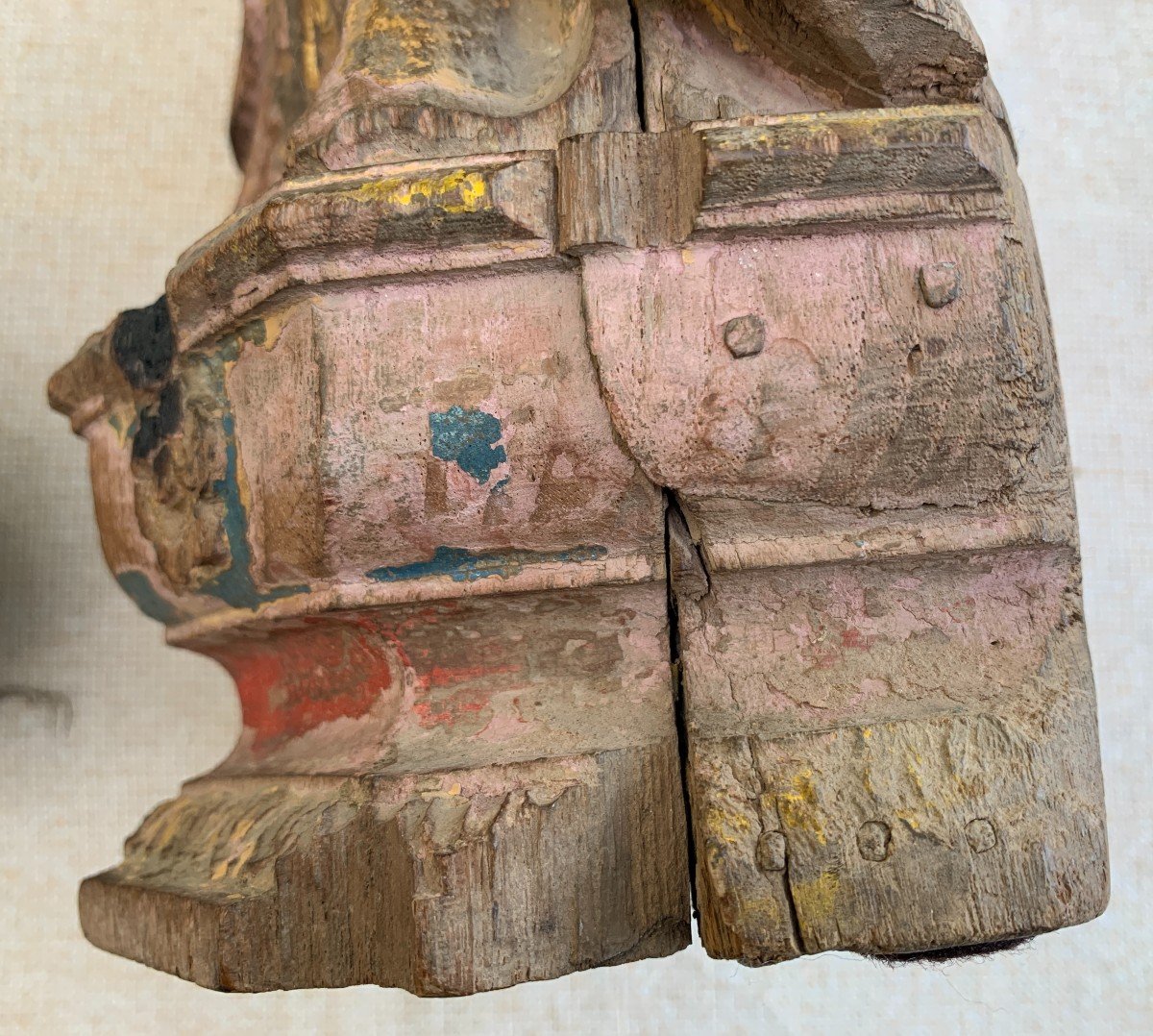
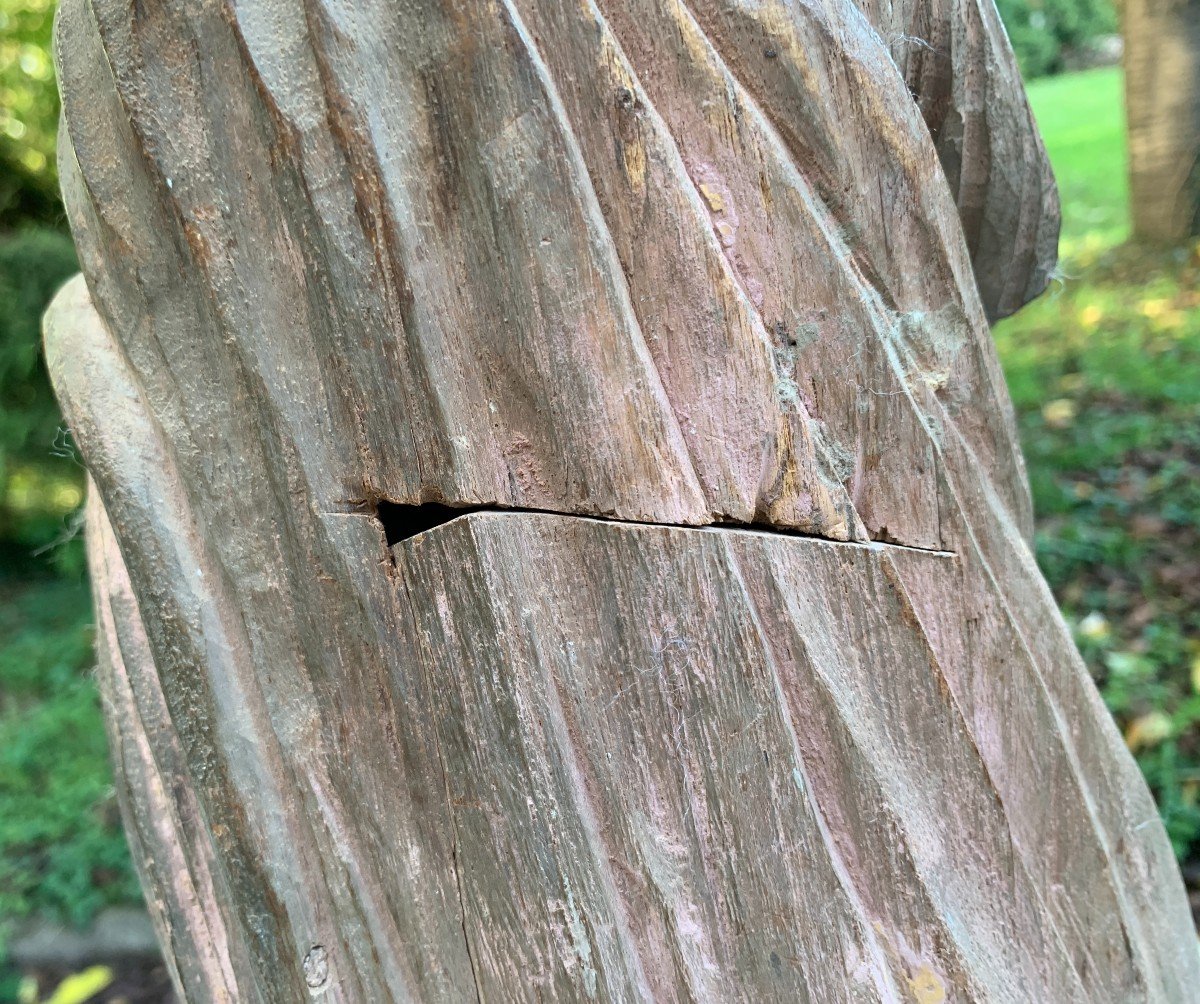






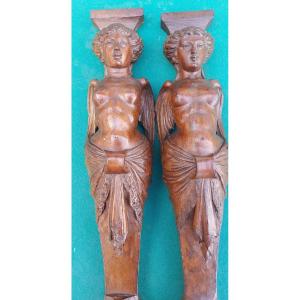




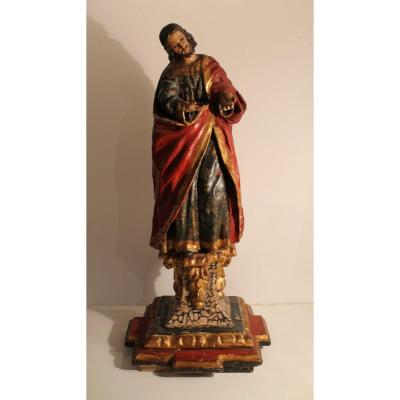



 Le Magazine de PROANTIC
Le Magazine de PROANTIC TRÉSORS Magazine
TRÉSORS Magazine Rivista Artiquariato
Rivista Artiquariato
